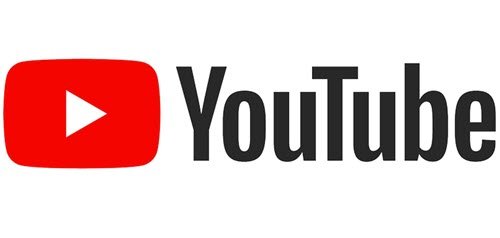In the recent updates in YouTube’s Terms of Service, the video-sharing platform changed a few terms. According to the new terms and conditions, the company will roll out the ads on the videos from channels that are not in the YouTube Partner Program or YPP. However, the creators of the videos won’t receive a share of the revenue from these ads. This announcement of ads on non-partner videos is a part of several updates done to the Terms of Service by YouTube.

Ads on non-partner videos: What you must know
The new updates to the terms and conditions of this video-sharing platform were introduced in the last week. The new terms about featuring ads on non-partner videos are included in the ‘Right to Monetize’ section of YouTube’s Terms of Service. According to this update, YouTube has the right to monetize all the content featuring on its platform. The company mentions in its terms and conditions,
“You grant to YouTube the right to monetize your Content on the Service (and such monetization may include displaying ads on or within Content or charging users a fee for access). This Agreement does not entitle you to any payments. Starting November 18, 2020, any payments you may be entitled to receive from YouTube under any other agreement between you and YouTube (including for example payments under the YouTube Partner Program, Channel memberships or Super Chat) will be treated as royalties. If required by law, Google will withhold taxes from such payments.”
This means the creators of the videos that are not a part of the YouTube Partner Program, may see ads on some of their videos. Since they are not in YPP, they won’t receive a share of the revenue from these ads. However, YouTube mentioned that they can still have the opportunity to apply for YPP once they meet the eligibility requirements.
YouTube will start featuring ads on non-partner videos channels of any size, once they meet the “Advertiser-Friendly Guidelines.” According to these guidelines, the videos will need to minimize the content such as adult content, hateful material, inappropriate language and follow other restrictions.
The company made these changes in the Terms of Service after Google reported a strong increase in the revenue in the third quarter for YouTube. The third quarter saw the ad growth at $5.04 billion, which is 32% more than the last year. The margins and revenues for YouTube will certainly increase due to this move. However, the creators of the videos won’t gain much from YouTube featuring Ads on non-partner videos if they are not eligible for it.
Read the updates done to the Terms of Service on YouTube Help.
Meanwhile, some eligible YouTube publishers are unable to connect their account to AdSense and they receive Error AS-10 OR 500.